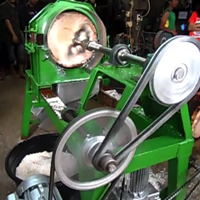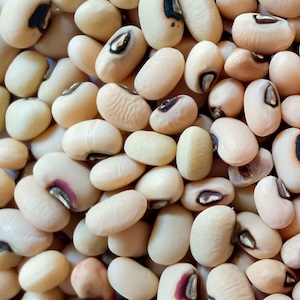Development and evaluation of sago (Metroxylon sagu) pith extractor

All claims expressed in this article are solely those of the authors and do not necessarily represent those of their affiliated organizations, or those of the publisher, the editors and the reviewers. Any product that may be evaluated in this article or claim that may be made by its manufacturer is not guaranteed or endorsed by the publisher.
Authors
Among the significant problems in the sago processing, the extraction of the starch from its trunk tops the list. The extraction process involves a debarking and rasping process that is very tedious, unsanitary and time consuming that dramatically affects the quality of starch production since the local processor relies mainly on conventional method of extraction. This paper presents the design, fabrication and performance evaluation of sago pith extraction machine. The design concept made was to rasp the sago pith using a rotating rasper without debarking the log to minimize the steps on the extraction process. Four different teeth spacing of the rasper were considered during the testing and replicated three times; 1 cm, 2 cm, 3 cm, and no teeth as controlled parameters, respectively. Results revealed that teeth spacing has a significant effect on the performance of the machine such as extraction capacity, extraction efficiency and fineness of rasped pith. Based on average, the highest extraction capacity was recorded at 217.47 kg/h using 3 cm teeth spacing, and the highest extraction efficiency was 96.12% using 2 cm teeth spacing and the finest rasped pith having the lowest fineness modulus of 2.15 was when 1 cm teeth spacing is used. Compared to manual and other existing mechanical rasper accounting the process of debarking, machine’s extraction capacity is higher, more efficient, safer and hygienic. Cost and benefit analysis supports that the machine is profitable and the financial efficiency is high having a 65% rate of return and 1.8 years payback period.












